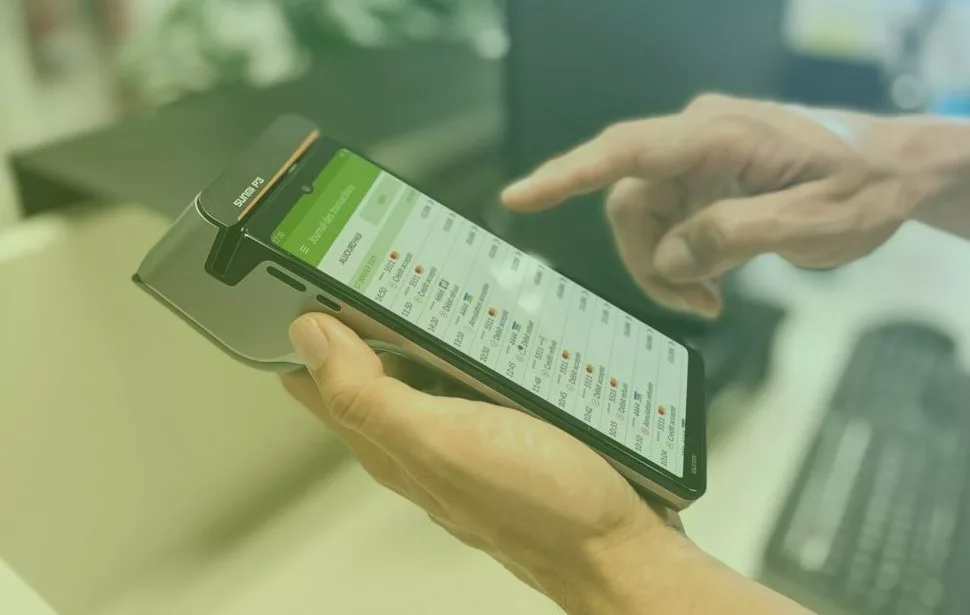The role of cybersecurity in the digital payments industry is critical to eCommerce. The COVID-19 pandemic has accelerated the technological interdependence of eCommerce and consumers: some use technology to buy quickly, easily, and securely, as well as to reduce the risk of contagion, and others use it to adapt to current market needs.
As a result, cyberattacks on eCommerce have increased worldwide: in the United States they have quadrupled (The Hill), in Spain phishing frauds increased by 70% (La Vanguardia), over 80% of organisations in France dealt with a successful cyberattack (Comparitech), and 50% of UK businesses have suffered cyberattacks (ICEX).
The risk and problems of cybersecurity call into question the measures implemented by eCommerce. Faced with these issues, the sector needs a strategic plan based on payment securitization methods, such as card tokenisation and the 3D Secure protocol, which we will discuss in this post.
Have you experienced fraud in your online store? Unfortunately, eCommerce fraud is an increasingly common type of cybercrime. How can you avoid online fraud? We bring you a guide discussing the most secure payment security solutions.
Let’s get started!
Current context for payment cybersecurity in eCommerce
Below, we have compiled the main developments in the field of eCommerce payment cybersecurity in 2020 and 2021:
- Many companies globally have had to adapt in record time to the situation and move their employees to telework environments.
- The COVID-19 crisis has encouraged many SMEs around the world to make the leap to eCommerce, either through online stores with tools such as Shopify, WooCommerce or PrestaShop, or through marketplaces such as eBay or Amazon.
- Cybersecurity incidents reported by the AFP (Association for Professionals) for attempted or actual payment fraud have decreased over the course of 2020, but cybercriminals are getting more cunning with their schemes. For example, Business Email Compromise (BEC) increased in 2020. This is an attack that seeks to gain access to business information or extract money.
- 74% of U.S. companies were subject to an attempted or actual fraud attack during 2020, compared to 81% in 2019, according to data collected in the report by U.S. bank J.P. Morgan.
- In Spain, the direct connection with the acquiring bank continues to be the payment rail with the most significant impact. However, there has been an 18% increase in PSPs (Payment Solution Provider) fraud events, according to the report conducted on eCommerce affiliated to Adigital in 2020.
- Most Spanish eCommerce use PSPs or Gateways due to the easy integration and improved service.
- Fraud losses in online eCommerce payments will increase by 18% over 2021, according to market research analysts Juniper Research.
- The number of Spanish companies using online fraud management systems increased by 12% compared to 2019.
Given the current situation, we have asked ourselves the following question: what is the outlook for fraud trends in digital payments?
Bank transfers remain one of the most fraud-prone payment methods in the world. In light of this situation, the technology behind digital payments is an ideal way to reduce fraud.
Tokenisation and 3D Secure: the most secure payment security methods in the industry
In the new eCommerce cybersecurity environment, advanced technologies such as tokenisation and 3D Secure have become the perfect allies in the fight against digital payment fraud. These are pioneering initiatives in the payments industry.
Not only do they offer a much safer payment experience for consumers, but also, companies using them ensure PCI-DSS compliance and improve their customers’ experience in the process.
Tokenisation in payments or card tokenisation is a system that allows the sensitive data on a bank card (PAN) to be replaced by a unique encrypted code called a token. It is used during digital transactions to remove the exposure of actual data when making an eCommerce transaction. Today, tokenisation is synonymous with simplicity, trust, and transparency, as it is an easy-to-implement data protection strategy in the digital payments ecosystem.
On the other hand, 3D Secure is a payment fraud reduction method that enables the authentication of the online buyer as the legitimate holder of the card they are using by sending the secret key to their phone to authorise a purchase. In addition, it is one of the main requirements set out by the Strong Customer Authentication Regulation (PSD2) in the European Union.
When your customers are shopping online, providing them with security is essential, so you need a service that guarantees support and trust to make every user feel safe.
Why are they considered the most secure payment risk reduction methods?
Tokenisation and the 3D Secure authentication requirement are considered two of the most secure payment fraud reduction methodologies since they are included in the PCI DSS standard:
- “One of the key controls within the PCI DSS standard is the requirement for strategies for the protection of the PAN (Private Account Number) when it needs to be stored. Methods that can be employed include token and index assemblers, solid cryptography, truncation, and one-way hash“
- “3D Secure is a security standard aimed at securing the components involved in transactions with the EMV 3D Secure protocol to authenticate the cardholder in non-face-to-face transactions.”
Both payment security strategies offer the simplicity, transparency and security that eCommerce needs. How do you ensure compliance with payment regulations in your business?
Key findings about cybersecurity in payments
At PayXpert, we have the tools you need to protect your business from fraud by authenticating transactions. We have created a tokenisation system to comply with PCI DSS regulations while ensuring security in your payments. Here is how it works:
- Sensitive data is encrypted and decrypted and replaced with a non-sensitive equivalent.
- It is called a token and has no extrinsic meaning or value.
Converting your customer card data into encrypted tokens is a simple process that ensures the cybersecurity of your eCommerce, reduces the incidence of fraud, is PCI Level 1 certified, and reduces friction.
Are you looking for security throughout the entire sales process? Choose quality and simplicity with the best platform, PayXpert: Your business will remain protected at all times.




